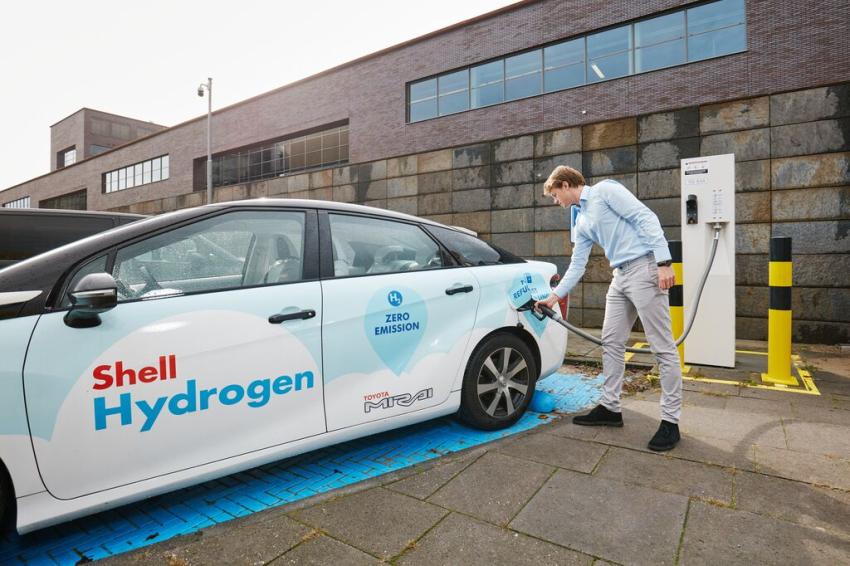Shell to Build Europe’s Largest Renewable Hydrogen Plant
Two of the energy group’s subsidiaries, Dutch arm Nederland B.V and Shell Overseas Investment, have announced a final investment decision for the project called Holland Hydrogen I.
The 200 MW electrolyzer will be built on the Tweede Maasvlakte in the port of Rotterdam and have capacity to produce up to 60,000 kg of green” hydrogen per day. The facility will be powered by the offshore wind farm Hollandse Kust (noord), which is partly owned by the London-headquartered group.
Hydrogen produced in the port will supply the Shell Energy and Chemicals Park Rotterdam through the HyTransPort pipeline and replace some of the gray hydrogen in the refinery. This will help to decarbonize production of energy products such as gasoline, diesel and jet fuel. Green hydrogen can equally play a role in decarbonizing commercial road transport, Shell said.
Today, the formerly Dutch-headquartered and traditionally oil and petrochemicals-oriented player is at the forefront of plans to build a global hydrogen economy by developing opportunities in the production, storage, transport and delivery of hydrogen to end customers.
“Holland Hydrogen I’s approval marks an important milestone on that journey not only for the Netherlands, as a leader in the hydrogen economy, but also for Shell globally,” said Anna Mascolo, executive vice president, Emerging Energy Solutions.
Mascolo said the new project demonstrates how new energy solutions can work together to meet society’s need for cleaner energy, adding that “Holland Hydrogen I is another example of Shell’s own efforts and commitment to become a net-zero emissions business by 2050.”
Electrolyzer for Chinese Transport Sector
At the end of January 2022, Shell started up what it said was one of the world’s largest hydrogen electrolyzers at Zhangjiakou in China’s Hebei Province, a project realized by a joint venture between Shell China and Zhangjiakou City Transport Construction Investment Holding Group formed in November 2020.
The 20 MW power-to-hydrogen electrolyzer and hydrogen refueling stations represented the first phase of the joint venture. The companies plan a scale-up to 60 MW over the next two years. The hydrogen output is being used to help decarbonize public and commercial transport in the Beijing-Tianjin-Hebei region.
Author: Dede Williams, Freelance Journalist





